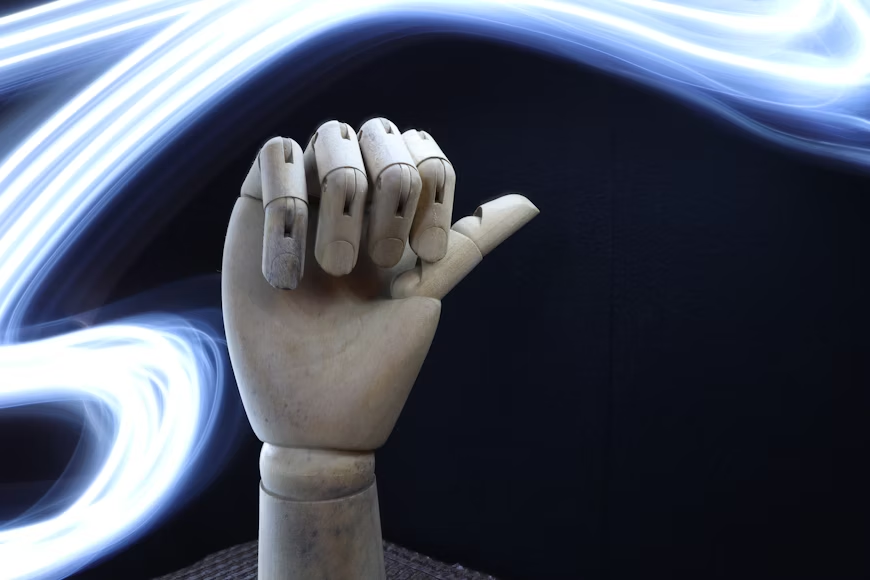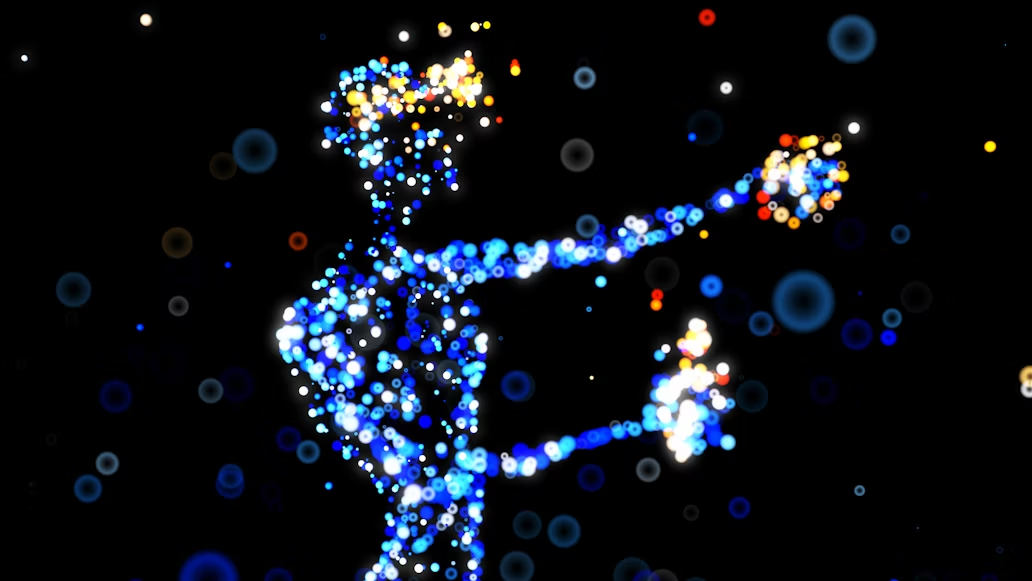Yo, imagine kicking back at home, staring down a pile of math homework, when—bam!—a holographic tutor pops up, spinning 3D equations like it’s straight out of a sci-fi blockbuster. Forget boring worksheets; this is learning that feels like a legit adventure. The AI education revolution is here, turning school into something you might actually get hyped about. We already geeked out over how AI tutors are getting weirdly smart, so now let’s dive into how AI’s tossing homework out the window and bringing holograms to the party. Buckle up—this is gonna be a wild ride!
Homework? More Like Home-Wow
Real talk: homework’s about as fun as cleaning your room. But AI’s crashing the scene with a whole new vibe. Apps like Duolingo or Quizlet use AI to make studying feel like a game you’d play on your phone. They figure out where you’re tripping up and hit you with challenges that keep you hooked. Struggling with Spanish verbs? Duolingo’s AI slides in with a quick quiz that’s more fun than flipping through a textbook. A 2024 study showed students using these gamified apps stuck with learning 30% longer than those stuck with old-school methods. Flashcards? So last decade.
And it gets even crazier. Big names like Microsoft and Google are cooking up augmented reality (AR) and virtual reality (VR) powered by AI. Picture this: you slap on a VR headset and suddenly you’re chilling in ancient Rome, with an AI tutor quizzing you on gladiators while you wander through virtual ruins. Or you’re messing with floating circuits to learn physics, no lab needed. At Arizona State University, students using VR for biology classes scored 20% higher on tests than the textbook gang. Homework’s not just changing—it’s turning into a full-on epic quest.

Holograms: Your New Study BFF
Now, let’s talk about the real stars: holographic tutors. Those AI-powered tutors we raved about? Imagine them stepping out of your screen as 3D holograms, ready to geek out with you like a futuristic study pal. Startups like HoloLearn are building AI tutors that use voice and gesture controls to make learning feel like a chill hangout. Got a geometry problem? Your hologram buddy might project a spinning cube you can twist to nail those angles. It’s like having a mini Tony Stark as your math coach, minus the ego.
These holograms are next-level smart, thanks to natural language processing (like the tech that makes me sound so smooth). They can vibe with you, picking up when you’re confused or stoked. Stuck on a chemistry equation? Your AI might say, “Yo, let’s build this molecule together,” and toss up a 3D model you can poke at. In Japan, kids using AR tutors stayed glued to lessons 40% longer than with regular apps. And come on—who wouldn’t want a holographic Einstein hyping them up before a big test?
Teachers + AI = The Ultimate Squad
Before you think AI’s here to yeet teachers out of the picture, chill. It’s more like their ultimate hype squad. Tools like TeachFX listen to classroom convos and drop tips like, “Hey, try asking more ‘what if’ questions!” A 2023 study showed teachers using TeachFX boosted student engagement by 15%. And AI grading tools like Gradescope? They’re handling the boring stuff—like scoring quizzes—so teachers can focus on the good stuff, like sparking debates or mentoring kids. It’s like giving every teacher a superhero cape.
AI’s also a game-changer for kids who don’t have access to top-tier schools. Platforms like Squirrel AI are bringing personalized lessons to millions, especially in places like rural China or Africa. Their AI breaks subjects into tiny “knowledge points” to zero in on what you need to master next. UNESCO predicts AI could improve education for 1.4 billion students in developing countries by 2030. That’s not just a revolution—it’s a global party.
Okay, Any Drama?
Let’s keep it 100—AI’s not perfect. Those hallucinations we mentioned before? Yeah, sometimes AI spits out nonsense, like claiming the moon’s made of candy. It’s rare in solid systems, but you gotta double-check if something feels off. Also, VR headsets and fast Wi-Fi aren’t cheap, so there’s a risk this tech could leave some kids behind if schools don’t make it accessible. Everyone deserves a shot at the cool stuff.
Then there’s the human factor. AI’s great for drilling facts, but it’s not gonna give you that “You got this!” pep talk your favorite teacher nails. Humans bring the heart, and the best setups mix AI’s smarts with teachers’ soul. Plus, too much screen time could turn kids into tech zombies, so balance is key—maybe throw in some basketball or doodling, ya know?

The Future’s Holographic and Hella Fun
So, where’s this headed? Get ready for AI tutors that scan your face to catch when you’re lost or bored, tweaking lessons on the fly. Picture an AI going, “Okay, you’re zoned out—let’s try a fun example!” Researchers are even working on lifelong AI buddies that stick with you from spelling tests in grade school to coding bootcamps as an adult. With 5G and better tech, holograms could be as common as your phone by 2030.
The big takeaway? The AI education revolution is making learning less “ugh” and more “oh, snap!” Whether you’re battling algebra with a holographic tutor or exploring Mars in VR, school’s starting to feel like a video game you actually wanna play. So, kiss that homework stack goodbye and say hello to a world where holograms are your study crew. The future’s here, and it’s straight-up fire!
